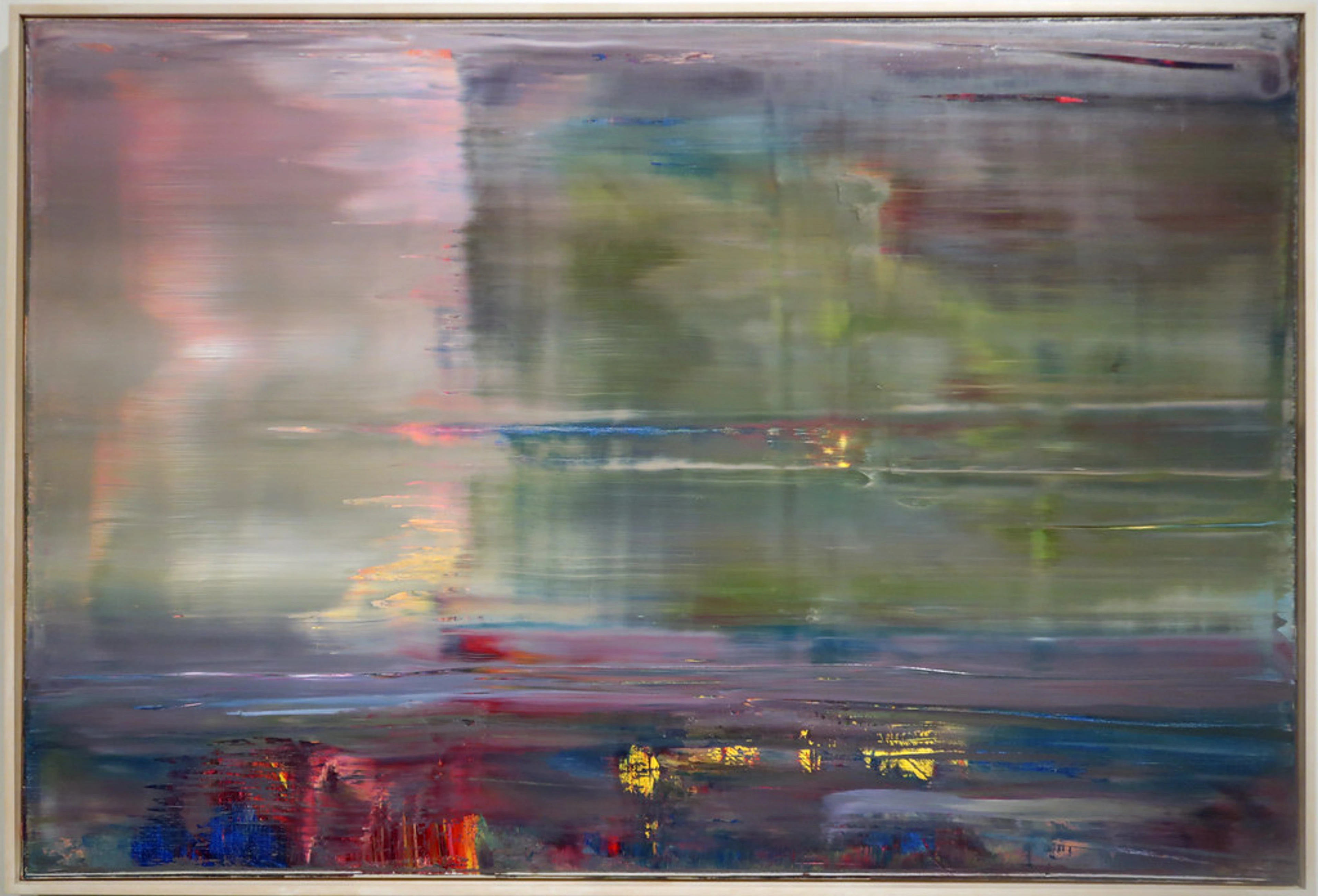
Light's Eloquence: Sculpting Abstract Art with Shadow, Depth & Emotion
Dive into my world as an abstract artist, exploring how light & shadow define imagined forms, evoke emotion, and create depth. Discover my studio's unpredictable natural light, manipulation techniques, and insights on viewing art online.
The Eloquent Language of Light: Sculpting Depth & Emotion in Abstract Art
You know, sometimes I think about the universe, and how utterly mind-boggling it is that we can see anything at all. Light, this invisible dance of photons, doesn't just illuminate; it reflects, refracts, and allows us to perceive everything – from the subtle blush of a sunset to the vibrant chaos of a city at night. Artists through history have been captivated by it, from Caravaggio's dramatic chiaroscuro to the Impressionists' fleeting captures of its momentary effects. But for me, as an abstract artist, light isn't merely about seeing; it's about feeling, about sculpting the unseen, about giving breath to the void. It’s the silent protagonist in every composition I create, whether you consciously perceive it or not.
I’ve always been fascinated by how light transforms things. Walk into a room at noon, then again at dusk. Same room, right? But everything feels different. The shadows stretch, the colors hum with a richer resonance, and suddenly, what was stark and clear becomes mysterious and soft. This isn't just a trick of the eye; it's a profound emotional shift, a change in the very atmosphere of a space. This observation, often made during my own somewhat obsessive walks (mostly to grab coffee, let’s be honest), directly feeds into my creative flow and how I approach my canvases. It's this deep understanding of light's transformative power that makes it my unseen co-creator in the abstract realm.
The Dance of Light and Shadow: My Unseen Co-Creator
In abstract art, where traditional subjects are absent and representation is not the primary goal, light and shadow become the true narrative. They don't just illuminate; they define form, even when the forms are purely imagined. I see them as my unseen co-creators, constantly whispering possibilities onto the canvas. Different qualities of light – be it the sharp clarity of direct illumination, the soft embrace of diffused light, or the encompassing subtlety of ambient light – each carve out distinct narratives on the abstract surface. And it's not just about what you paint; the medium itself plays a role. Think of the deep, reflective richness of oil paints, the delicate translucency of watercolors, or the vibrant immediacy of acrylics – each interacts with light in its own unique way, demanding a different understanding of its luminous qualities.
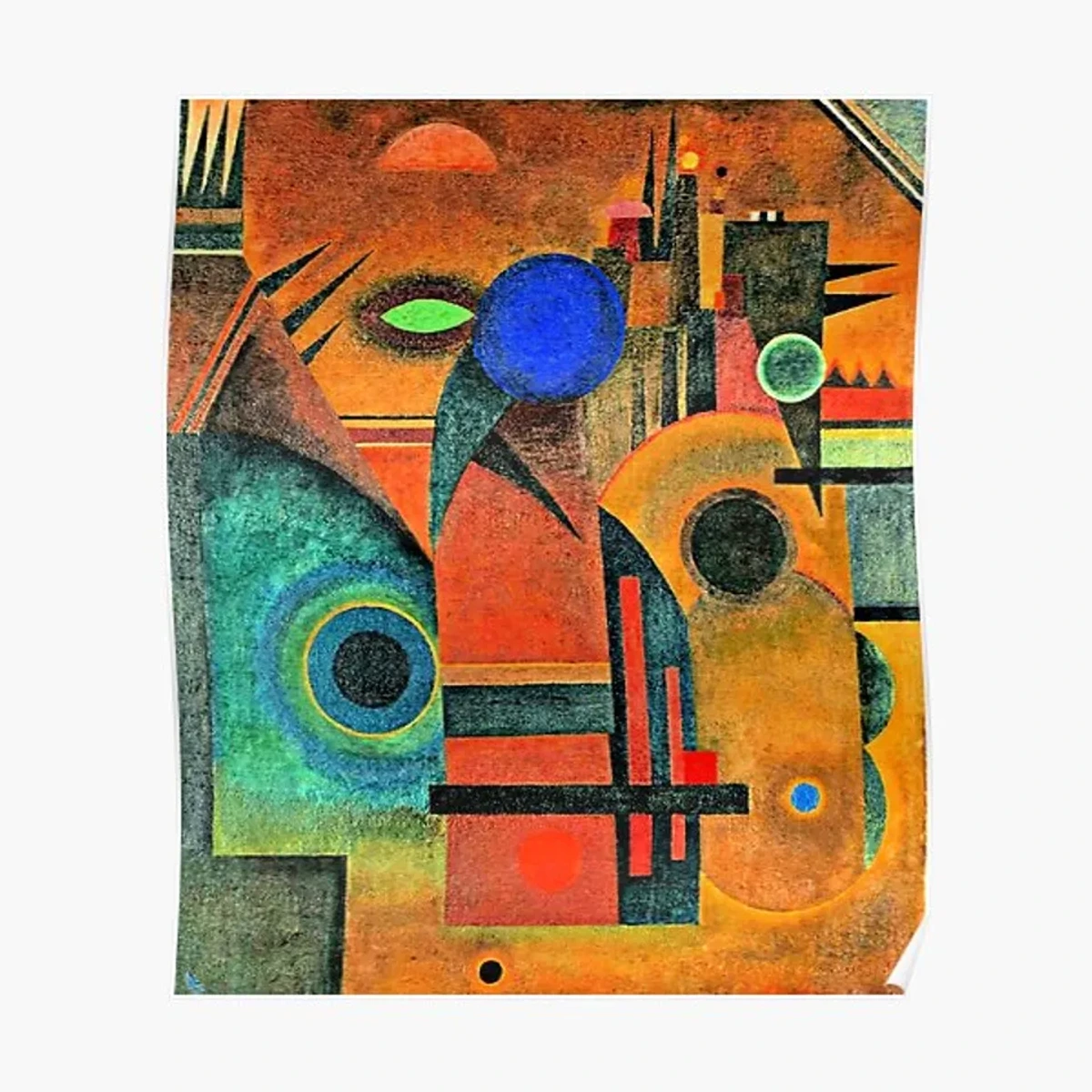
Printerval.com, licence
For instance, when I’m building layers in abstract acrylics, a simple change in light can transform a flat surface into a topographical map of emotion. A thick impasto stroke, which might look solid under direct light, suddenly casts a long, intriguing shadow when the light source shifts, adding a new dimension of mystery and depth. It's like the painting suddenly wakes up and decides to tell a new secret.
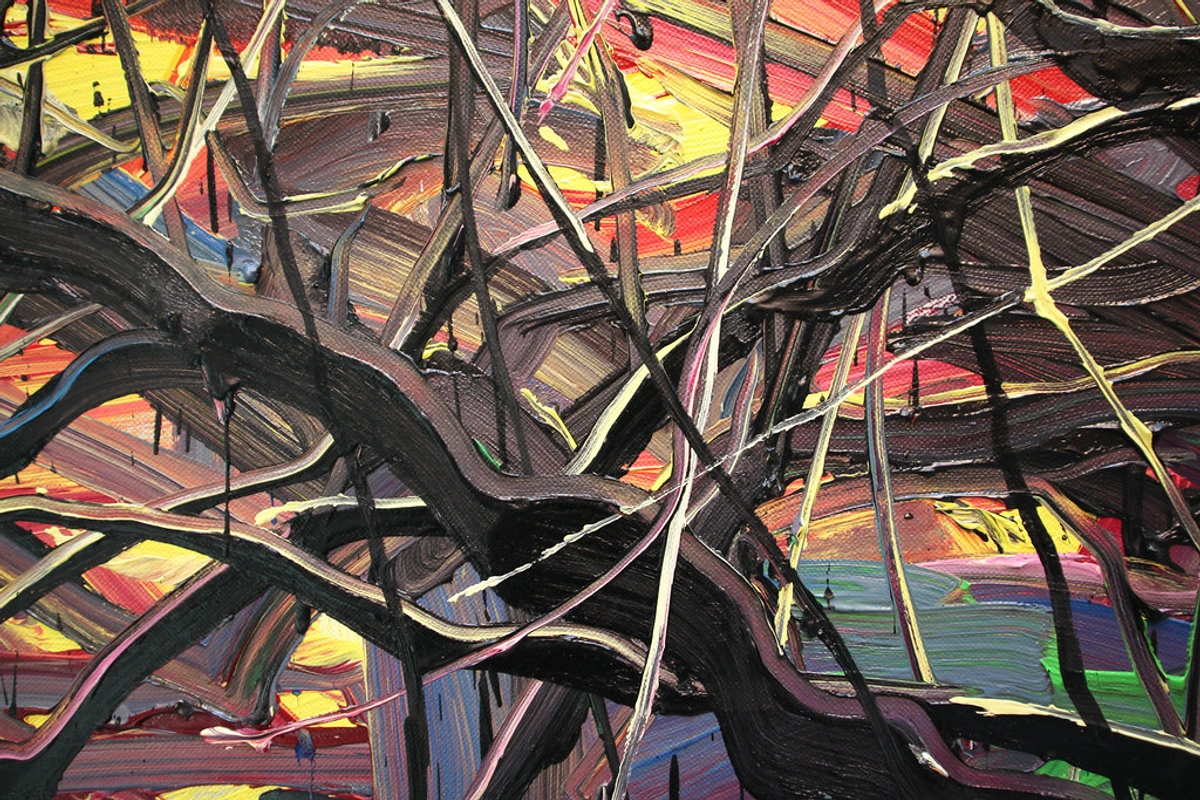
https://live.staticflickr.com/2875/8866942510_439379d853_b.jpg, https://creativecommons.org/licenses/by/2.0/
This interplay is fundamental to how I imbue texture with emotion. Without light, texture is just raised paint. With light, it becomes a landscape of peaks and valleys, each one catching or deflecting illumination, telling a story of how the paint was applied. It’s almost like a tiny, secret performance happening on the canvas, just for you. How does light transform your perception of abstract forms and textures?
Natural Light: The Unpredictable Muse in My Studio
My studio is my sanctuary, but it's also a constant lesson in humility, especially when it comes to natural light. Some days, the light is glorious – soft, diffused, making every color sing. Other days, it's harsh, unforgiving, revealing every flaw and making me question my entire artistic existence. (Just kidding, mostly.) And it's not just the daily cycle; the light here in 's-Hertogenbosch behaves differently in winter than in summer, or compared to, say, a studio drenched in Mediterranean sun. It’s a subtle yet profound influence.
I've learned to embrace this unpredictability. The natural light from my windows dictates the mood of my work on any given day. On a bright, clear morning, I might feel drawn to vibrant, optimistic hues, allowing the light to bounce and dance across the canvas. On a gloomy, overcast afternoon, I find myself exploring deeper, more contemplative tones, letting shadows envelop and define complex forms.
This isn’t just about making good art; it’s about making honest art. The subtle shifts in natural light force me to adapt, to see my work anew with each passing hour. It's like having a constantly changing critic who's also your most inspiring collaborator. This is part of my journey navigating online marketplaces too; explaining how the artwork looks different under various lights is a common, yet important, conversation – especially when digital images can only capture so much of the true luminous quality of a physical piece.
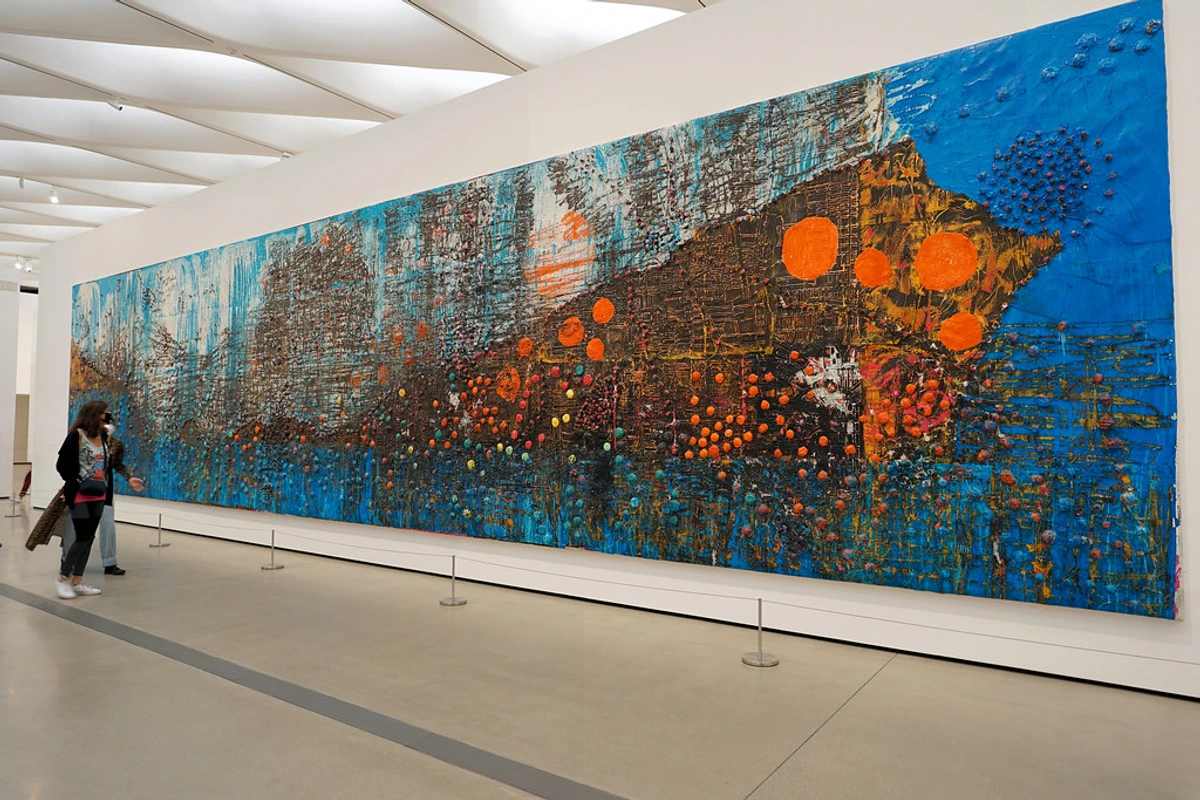
https://live.staticflickr.com/65535/52756888197_ece375ce5f_b.jpg, https://creativecommons.org/licenses/by-nc-nd/2.0/
How does the ever-changing natural light in your environment influence your own daily perceptions or creative endeavors?
Manipulating Light for Depth and Emotion
Beyond simply letting light be, I actively manipulate its illusion within my compositions. It's not about painting a light source; it's about creating the impression of light and how it interacts with surfaces, colors, and forms. Think of it as painting the air itself, making it heavy or light, warm or cool, dense or transparent. Artists like Mark Rothko, though primarily known for color field painting, understood how subtle shifts in color and luminosity could create an almost ethereal glow, hinting at an internal light source that deeply resonated with viewers.
Here's how I often approach this:
- Color Temperature: Warm colors (reds, yellows) tend to advance, suggesting areas bathed in direct light, while cool colors (blues, purples) recede, hinting at shadows or distance. This plays a huge role in the emotional language of color in abstract art.
- Contrast: Sharp contrasts between light and dark areas create drama and draw the eye, implying strong illumination. Softer transitions suggest diffused light or atmospheric effects. It’s like turning the volume up or down on a feeling.
- Layering and Transparency: Using thin, transparent layers over opaque ones allows light to penetrate and interact with the colors beneath, creating a luminous glow or a sense of veiled depth. It's like looking through misty glass, hinting at clarity without fully revealing it.
- Color Saturation: Light directly impacts how vibrant or muted a color appears. Intense light can wash out saturation, making colors flatter, while softer, more ambient light can allow their full richness to emerge, enabling more nuanced transitions. This is especially true when considering my palette and story.
- Absence of Light (Shadows and Negative Space): Deep, intentional shadows are just as crucial as highlights. They don't just exist as voids; they actively define and sculpt the illuminated areas. A stark, dark shape next to a bright, vibrant one can push the bright area forward, giving it a powerful, almost three-dimensional presence, creating pockets of mystery, guiding the eye, or providing a necessary anchor, allowing the illuminated areas to truly pop. This interplay of presence and absence sculpts the canvas.
- Texture: As mentioned before, texture is light's best friend. I use various tools – palette knives, brushes, even my fingers – to build surfaces that either absorb or reflect light, guiding the viewer's eye and adding a tactile dimension even to a two-dimensional work. This is fundamental to understanding what impasto painting is.

https://live.staticflickr.com/65535/53064827119_1b7c27cd96_b.jpg, https://creativecommons.org/licenses/by-nc-nd/2.0/
These techniques are fundamental to building depth and allowing the viewer to decode meaning in non-representational works. Light doesn't just show you the painting; it becomes a silent guide, leading you through the imagined spaces of the canvas, orchestrating the emotional journey. What emotional responses does the interplay of light and shadow evoke in you when you look at an abstract piece?
Viewing Abstract Art: The Light's Role
It's one thing to create art with light in mind, and another for it to be viewed correctly. I often tell collectors that how they light and position abstract art is almost as important as the art itself. A painting that sings under a warm, diffused spotlight might feel flat under harsh, cool fluorescent lighting.
Natural light is almost always preferred because it offers the most dynamic and nuanced illumination, mimicking the way our eyes naturally perceive the world and allowing the artwork's full range of subtleties to emerge. It responds to the time of day and external conditions, allowing the piece to truly 'live' and change. If natural light isn't possible, warm LED lighting can often mimic it beautifully. And remember, light isn't static. Your art will change throughout the day, offering new perspectives and inviting you into a fresh dialogue each time you look. It's a wonderful, never-ending conversation.
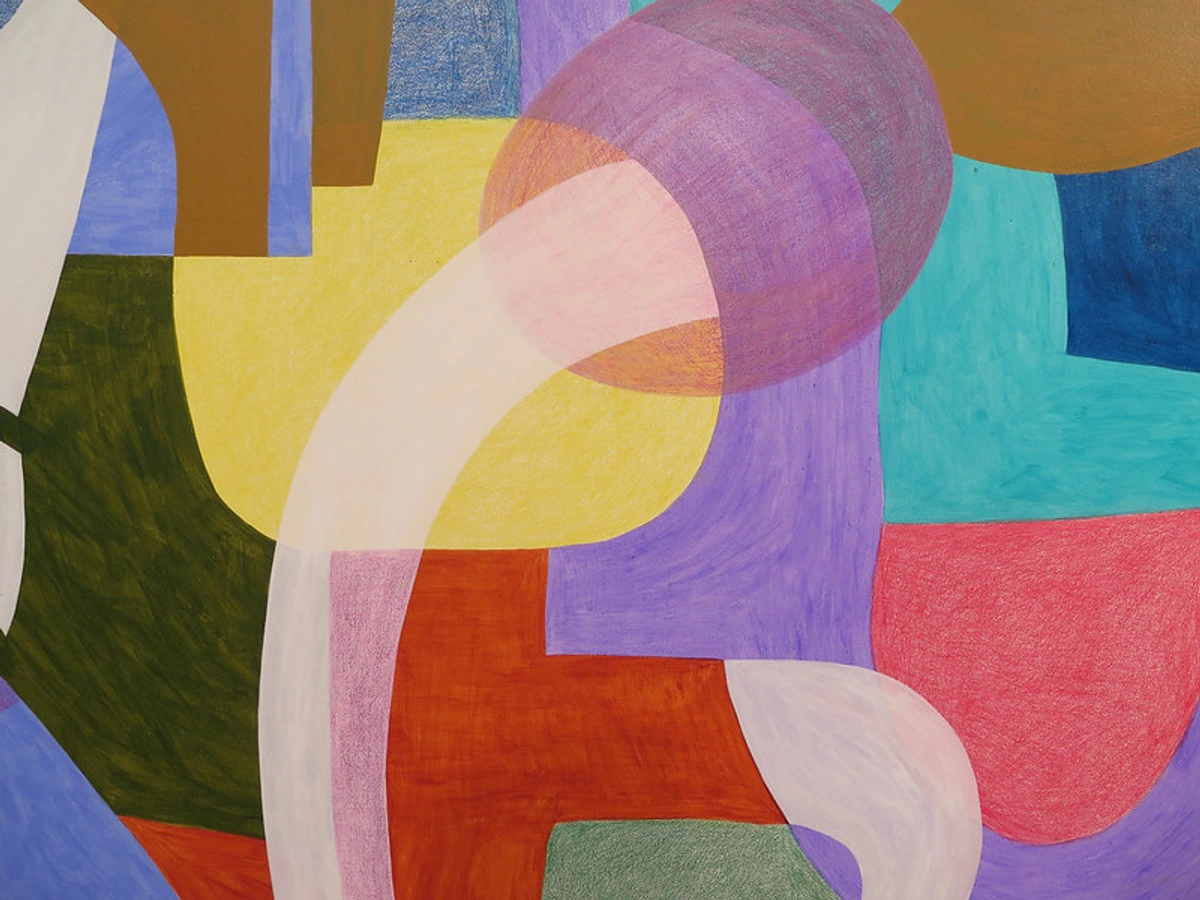
https://www.flickr.com/photos/42803050@N00/31171785864, https://creativecommons.org/licenses/by-nd/2.0/
This is why I spend so much time in my studio, not just painting, but observing. I move my pieces around, watch how they react to the morning sun, the afternoon glow, even the artificial lights I use for late-night sessions. It’s a bit like trying to find the perfect outfit for a very moody friend – you need to get the lighting just right to see their true personality.
If you're ever looking to buy art, especially abstract art, consider how it will look in your space. Do you find certain lighting conditions enhance or detract from your appreciation of art?
Bridging the Digital Divide: Light in the Online Gallery
In today's art world, a significant portion of a painting's journey happens before it ever reaches a physical wall – it's viewed online. This presents a unique challenge when it comes to capturing and conveying the nuanced interaction of light and texture in abstract art. As an artist who navigates online art marketplaces, I'm acutely aware that a digital image, no matter how high-resolution, can only ever be a representation of the actual artwork's luminous quality. It's a bit like trying to describe the taste of a truly good coffee over the phone – you can explain the notes, the aroma, but you can't feel the warmth or the subtle bitterness.
To bridge this gap, I often utilize professional photography techniques that capture the artwork under consistent, high-quality lighting, highlighting key textures and depth. Sometimes, I'll even include detail shots taken at an angle to emphasize impasto or layered effects that would otherwise be lost in a flat, front-on view. It's an ongoing process of trying to translate the three-dimensional experience of light on canvas into a two-dimensional image. It's also why I often encourage potential collectors to visit my online gallery for sale and if possible, to see the artwork in person, as the true dialogue with light unfolds when you stand before the actual piece.
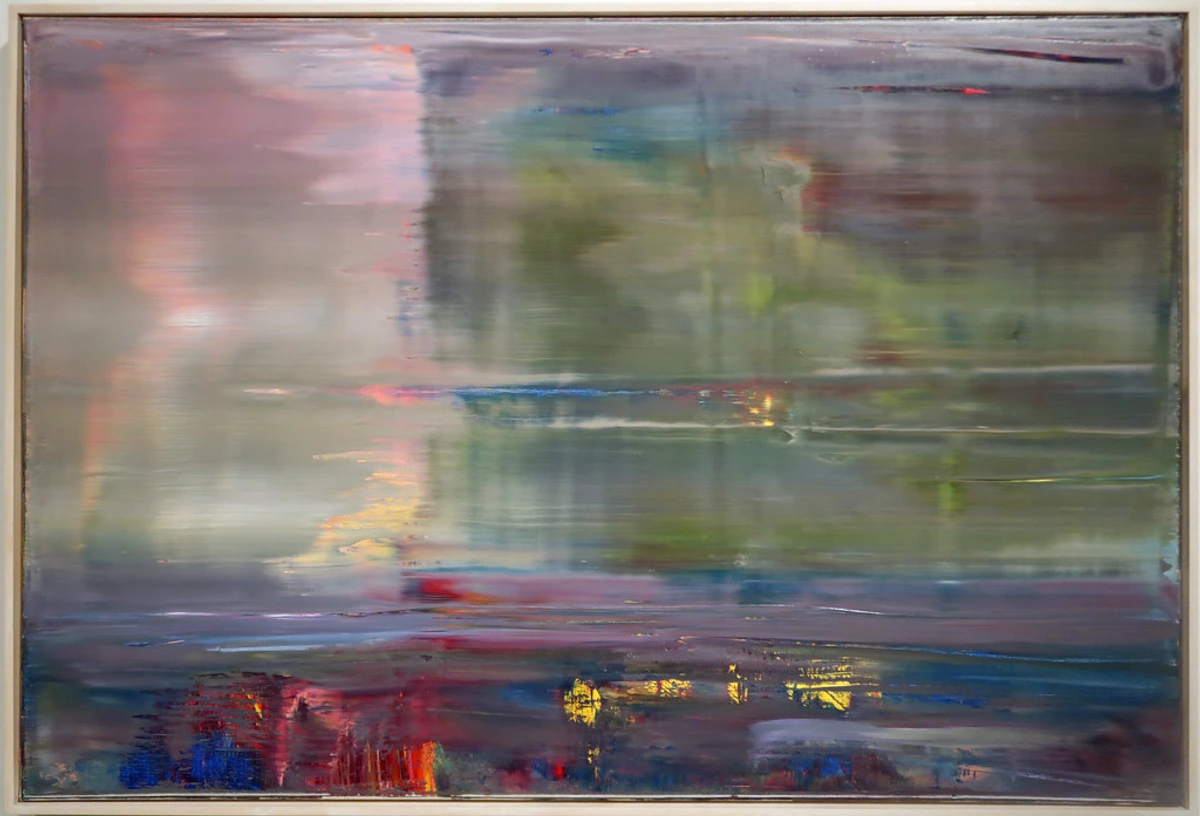
https://live.staticflickr.com/65535/51907566658_1100dbeb2a_b.jpg, https://creativecommons.org/licenses/by-nc-sa/2.0/
Frequently Asked Questions About Light in Abstract Art
Q1: How does light affect the colors in abstract art?
Light drastically changes color perception. Warm light can make cool colors appear muted and enhance warm ones, while cool light does the opposite. Intense light can flatten colors and reduce their vibrancy by washing out saturation, while softer light allows for more nuanced transitions and preserves the full richness of the palette.
Q2: Should I light my abstract art differently than representational art?
While general art lighting principles apply, abstract art often benefits immensely from lighting that emphasizes texture and depth. Because abstract pieces don't rely on literal figures, the way light plays on the surface, creating shadows and highlights, can become a central part of the viewing experience. Directional lighting, at an angle, often works wonders by revealing specific textures and layers or concealing others to create a sense of mystery or focus, depending on the artist's intent. Consider how artists use light and shadow dramatically in various contexts.
Q3: Does natural light damage abstract paintings?
Yes, prolonged exposure to direct sunlight or strong UV light can fade pigments and degrade materials over time, regardless of the art style. This is why museums often have controlled lighting. For your home, avoid direct sunlight and consider UV-protective glass if displaying in very bright areas. Proper art care is essential for longevity.
Q4: How does the direction and quality of light influence an abstract piece?
The direction of light is crucial! Side lighting, for example, dramatically enhances texture by creating strong shadows and highlights. Frontal lighting can flatten a piece but allows for true color rendition. Top-down lighting can create interesting effects, especially if the piece has strong vertical elements or deep crevices. Furthermore, the quality of light (hard vs. soft) significantly impacts how a piece is perceived. Hard, direct light creates crisp, defined shadows and stark contrasts, while soft, diffused light creates subtle transitions and a gentler mood, allowing for a more atmospheric experience. Experimenting with light direction and quality can reveal hidden aspects of the artwork, allowing you to continually discover new dimensions.
Conclusion: Light as My Silent Partner
So, there you have it. Light isn't just something that enables us to see my art; it's woven into its very fabric. It's the silent partner in my studio, the unpredictable muse, and the ultimate interpreter of my abstract compositions. It dictates the mood, reveals the texture, and guides the eye through the imagined landscapes I create. Historically, artists have always wrestled with light, but in abstract art, it truly becomes a fundamental building block, a protagonist in its own right.
When you stand before one of my pieces, perhaps one you've found at my online gallery for sale, or even one you've seen digitally, I hope you'll take a moment to consider the light. How does it interact with the surface? What shadows does it cast? What new stories does it reveal as the day turns into night? It’s more than just a painting; it’s a living, breathing entity, constantly shifting and revealing itself under the eloquent, ever-changing language of light. And if you're ever in 's-Hertogenbosch, swing by my museum to see some pieces in person and experience this interplay firsthand.




